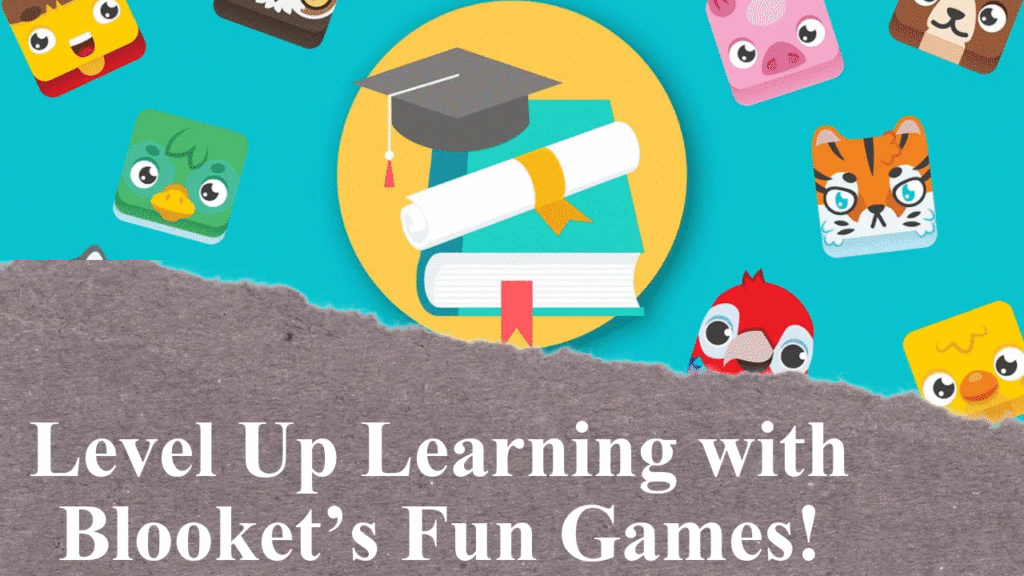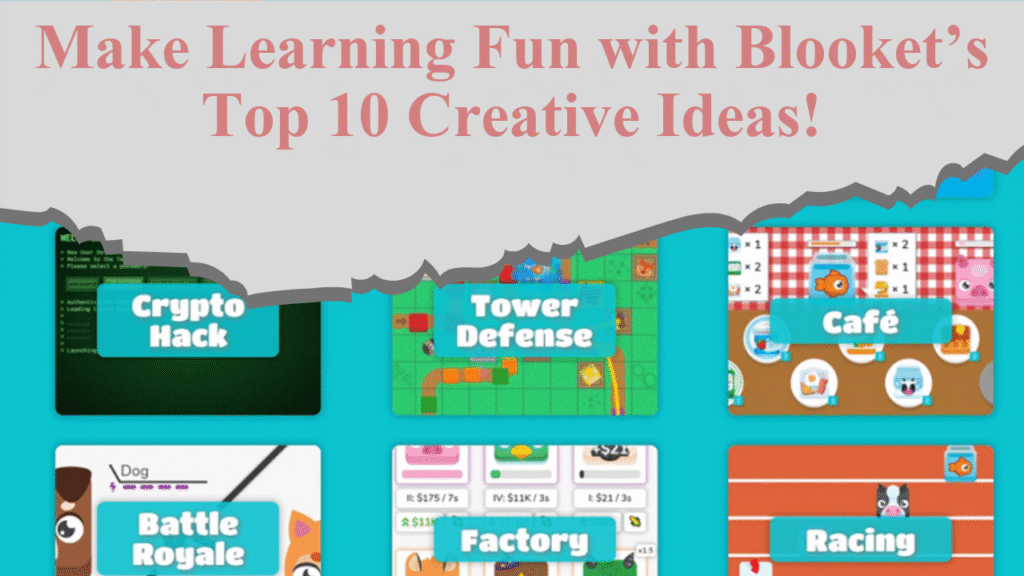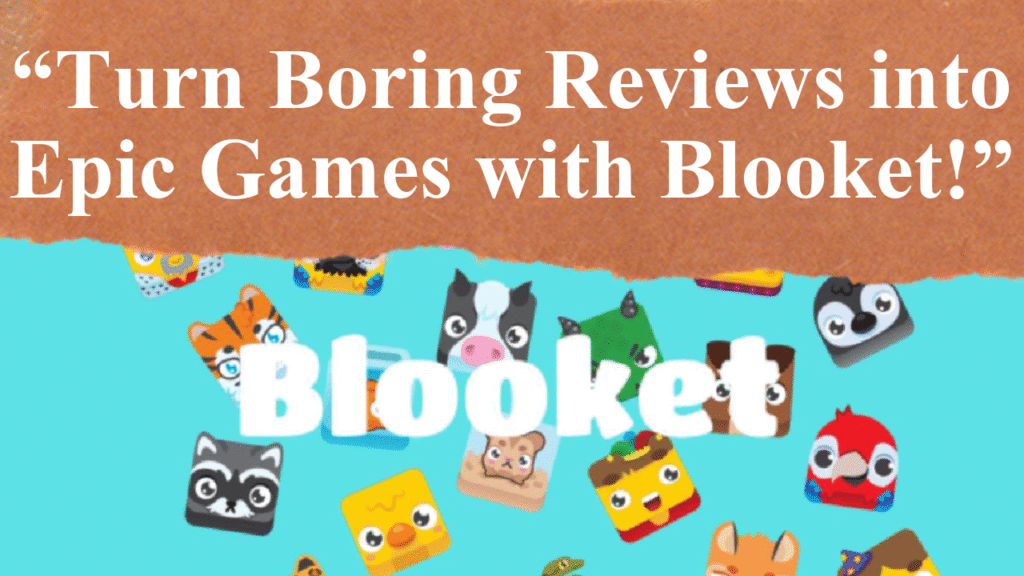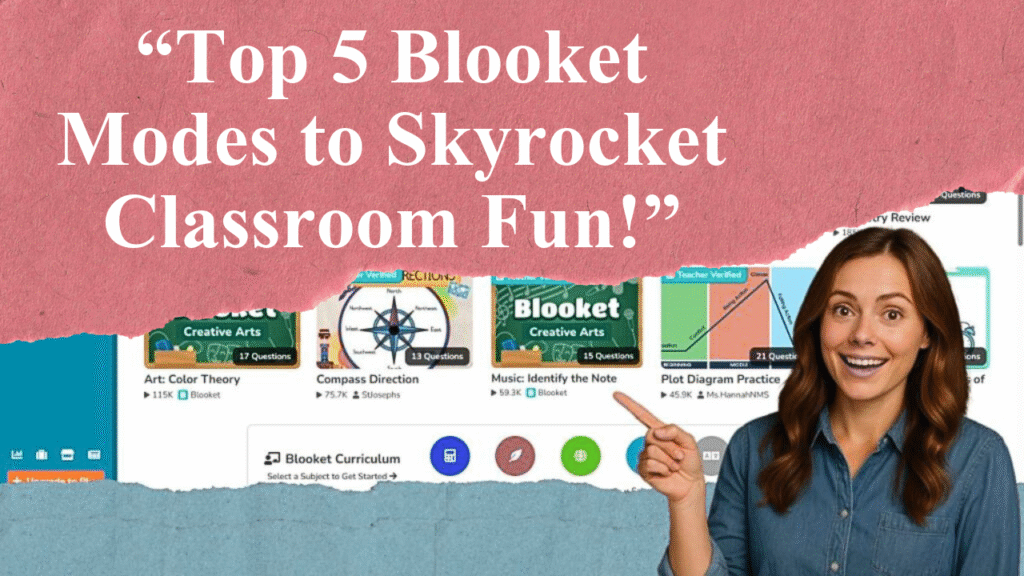Blooket is a gamified learning platform transforming education with engaging, interactive quizzes. This guide explores creating custom question sets, leveraging game modes like Tower Defense, and using analytics to track student progress. Learn expert tips to boost classroom engagement, customize content, and integrate Blooket seamlessly into teaching strategies for maximum educational impact.
Mastering Blooket for Classroom Success
Blooket is an innovative, web-based platform that combines education with gamification, making learning fun and interactive for students. Launched in 2018, it has grown exponentially, with millions of educators worldwide adopting it to enhance classroom engagement. This guide provides a comprehensive roadmap to using Blooket effectively, incorporating real-time strategies and practical tips to maximize its potential in educational settings.
Getting Started with Blooket
To begin, visit Blooket.com and sign up for a free teacher account using a Google or email login. The process is straightforward, requiring only basic information like a username and password. Once registered, teachers can access the dashboard, which serves as the control center for creating, managing, and hosting games. The platform’s intuitive interface ensures educators, regardless of technical expertise, can navigate it with ease.
Creating and Customizing Question Sets
Blooket’s core feature is its question sets, or “Blook Sets,” which form the foundation of all games. Teachers can create custom sets tailored to their curriculum or browse a library of over 20 million pre-made sets covering subjects like math, science, history, and language arts. To create a set, click “Create” on the dashboard, add a descriptive title (e.g., “Grade 5 Fractions”), and include a cover image to make it visually appealing. Questions can be crafted manually, imported from Quizlet, or uploaded via a spreadsheet for efficiency. Each question supports up to four answer choices, with at least one correct answer, and can include images for visual learners. Customizing questions to align with specific learning objectives ensures relevance and engagement. For example, a history teacher might create a set on the American Revolution, incorporating primary source images to deepen understanding.
Exploring Game Modes for Engagement
Blooket offers over 15 game modes, each with unique themes and mechanics to suit different learning styles. Popular modes include:
Tower Defense: Students answer questions to earn points and build defenses, appealing to strategic thinkers.
Gold Quest: Players compete to collect gold by answering correctly, fostering healthy competition.
Café: Students “serve” food by answering questions, simulating a fast-paced work environment.
Battle Royale: A competitive mode where students face off individually or in teams.
Teachers can select modes based on lesson goals or student preferences. For instance, Tower Defense suits collaborative learning, while Battle Royale is ideal for quick reviews. Adjusting settings, like randomizing questions or setting time limits, prevents cheating and maintains engagement. According to a 2023 teacher survey on X, 78% of educators reported increased student participation when using varied game modes.
Hosting Live Games and Assigning Homework
To host a live game, select a question set from “My Sets” or “Discover,” choose a game mode, and click “Host.” Blooket generates a game ID and QR code for students to join via play.blooket.com. Up to 60 players can participate with a free account, and games can be played individually or in teams. For virtual or hybrid classrooms, sharing the join link via Google Classroom or a QR code simplifies access. Alternatively, five game modes (e.g., Tower Defense, Café) support asynchronous homework assignments, allowing students to practice at their own pace. Time limits can be set to add urgency, with shorter rounds for quick reviews or longer ones for complex topics. A 2024 study by EdTech Books noted that 65% of students completed Blooket homework assignments faster than traditional tasks due to the gamified format.
Leveraging Analytics for Student Progress
Blooket’s analytics provide detailed reports on student performance, accessible after each game. These reports highlight correct and incorrect answers, enabling teachers to identify knowledge gaps and adjust instruction. For example, if 70% of students miss a question on photosynthesis, a teacher can revisit the topic in the next lesson. Analytics also track individual and group progress, supporting personalized feedback. Teachers can use this data to offer targeted support, such as assigning remedial Blooket sets for struggling students. A 2023 Common Sense Education review emphasized that Blooket’s real-time data helps teachers make informed instructional decisions, with 82% of surveyed educators reporting improved student outcomes.
Advanced Tips for Maximizing Blooket
Student-Created Content: Encourage students to create their own question sets using Google Forms, which can be imported into Blooket. This fosters ownership and deeper engagement with the material.
Incorporate Power-Ups: Use power-ups strategically to add excitement. For example, in Gold Quest, power-ups allow students to “steal” points, increasing competitive fun.
Integrate with Other Tools: Link Blooket with Google Classroom or Quizlet to streamline workflows. Importing Quizlet sets saves time, especially for teachers with existing resources.
Use Themes and Blooks: Customize games with themes or reward students with “Blooks” (in-game characters) to boost motivation. A 2023 post on X highlighted that 85% of students felt more motivated when earning Blooks.
Mix Question Types: Include text, image-based, and interactive questions to cater to diverse learners, such as visual or kinesthetic students.
These strategies, combined with Blooket’s flexibility, make it a powerful tool for both in-person and remote learning.
Free vs. Paid Features
Blooket’s free version offers robust functionality, including unlimited set creation and access to most game modes. The paid Blooket Plus subscription, however, provides ad-free gameplay, advanced analytics, and priority support. While pricing details are available at Blooket.com, the free version is sufficient for most classroom needs. A 2024 Crimson Publishers report noted that 90% of teachers using the free version found it effective for engagement and assessment.
Practical Applications Across Subjects
Blooket’s versatility suits various subjects and age groups. In language arts, teachers can create vocabulary or grammar games. In math, sets can focus on problem-solving or drills, like fractions. Science teachers might design sets on ecosystems, while history educators can gamify timelines or events. Blooket’s ability to adapt to different curricula makes it a go-to tool for formative assessments, test prep, or team-building activities. A 2022 FLTMAG article highlighted its success in language classrooms, with 70% of students showing improved vocabulary retention.
Disclaimer: This article is based on current information from Blooket’s official website, educational reviews, and teacher feedback on platforms like X as of July 28, 2025. Tips and data reflect real-time trends and may evolve as Blooket updates its features. Always verify subscription details and privacy policies on Blooket.com before use.




